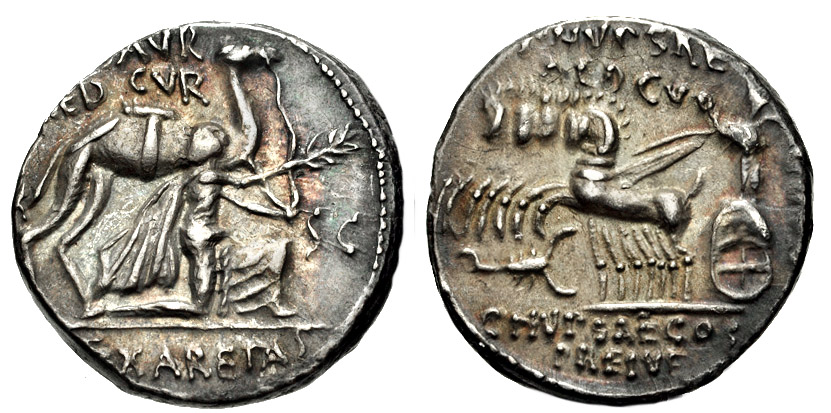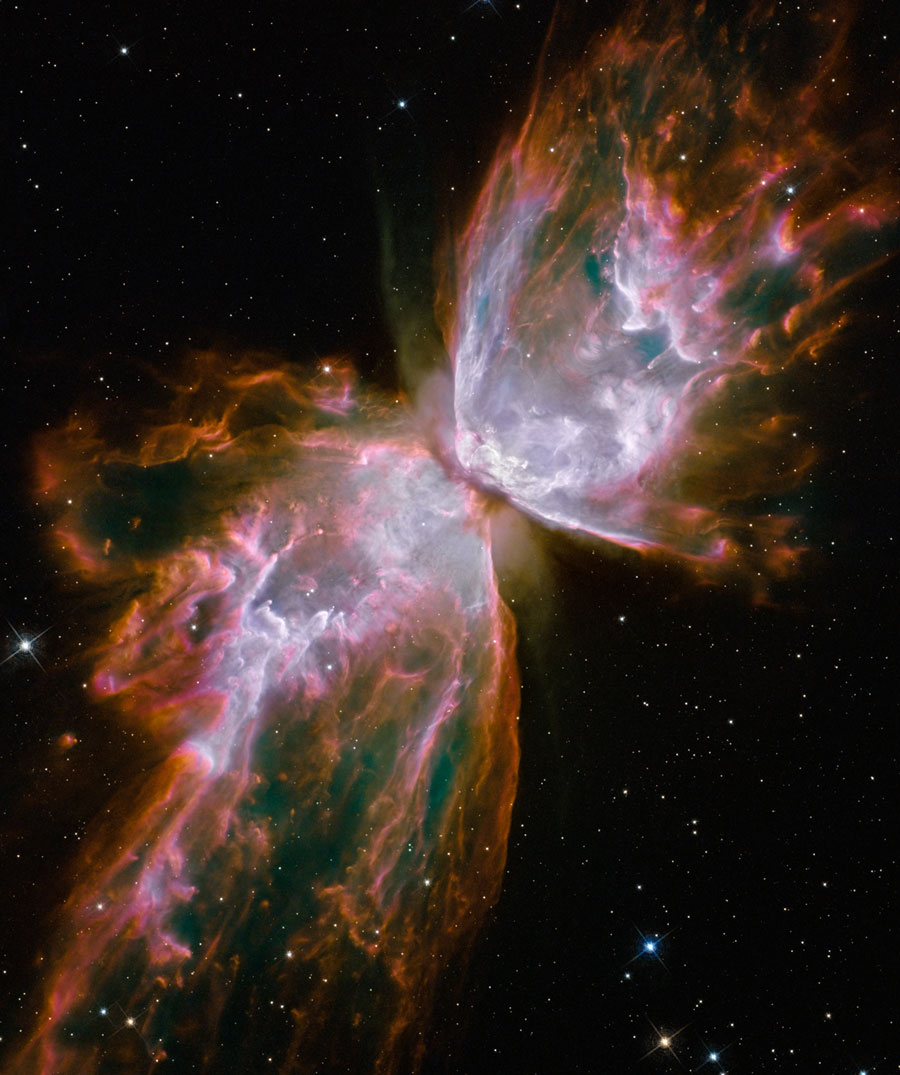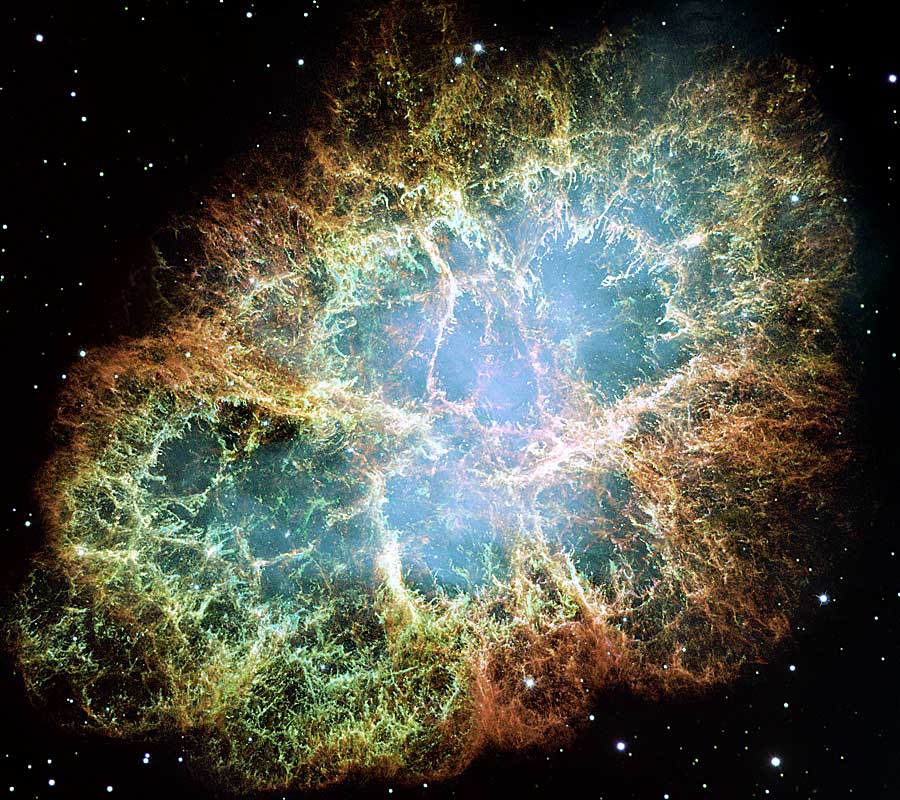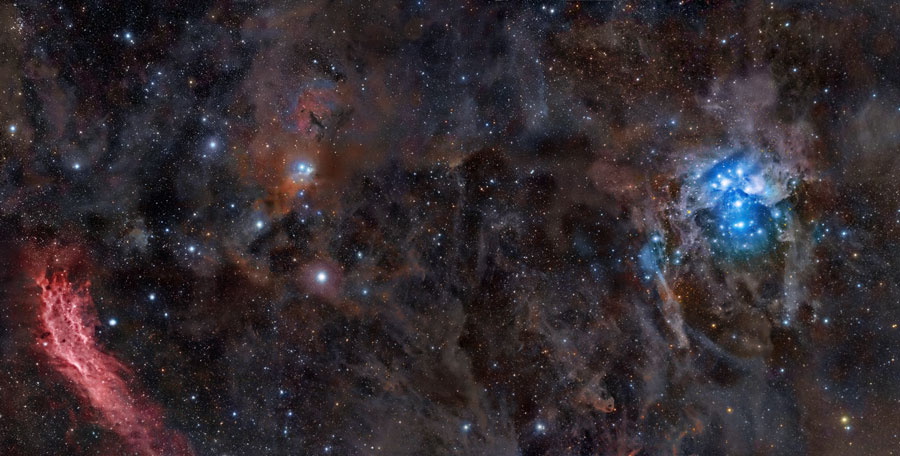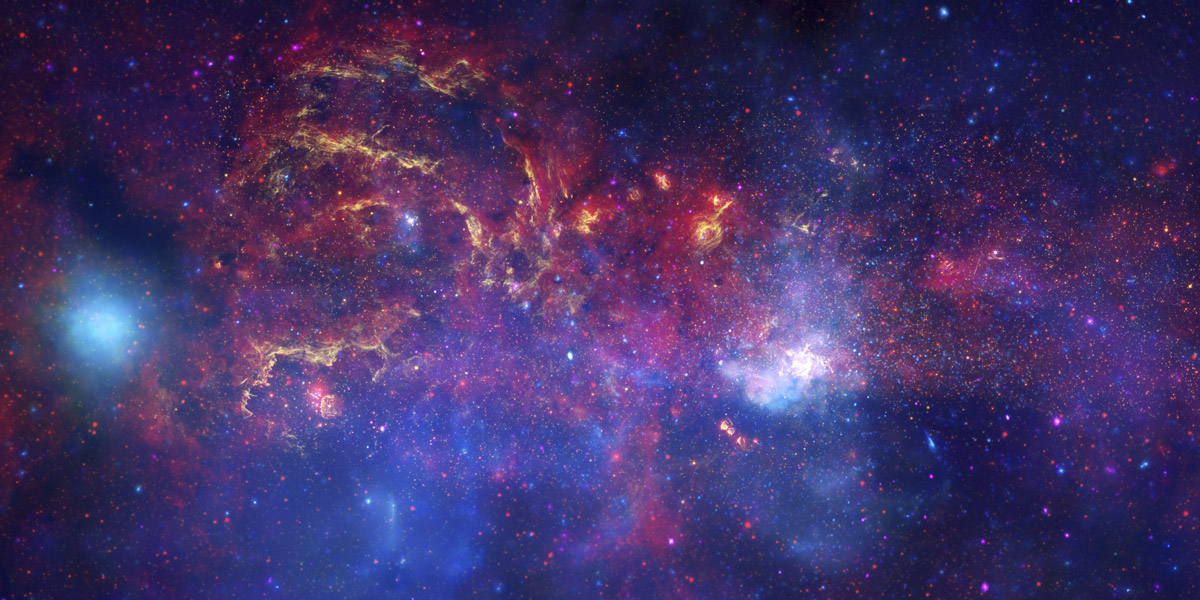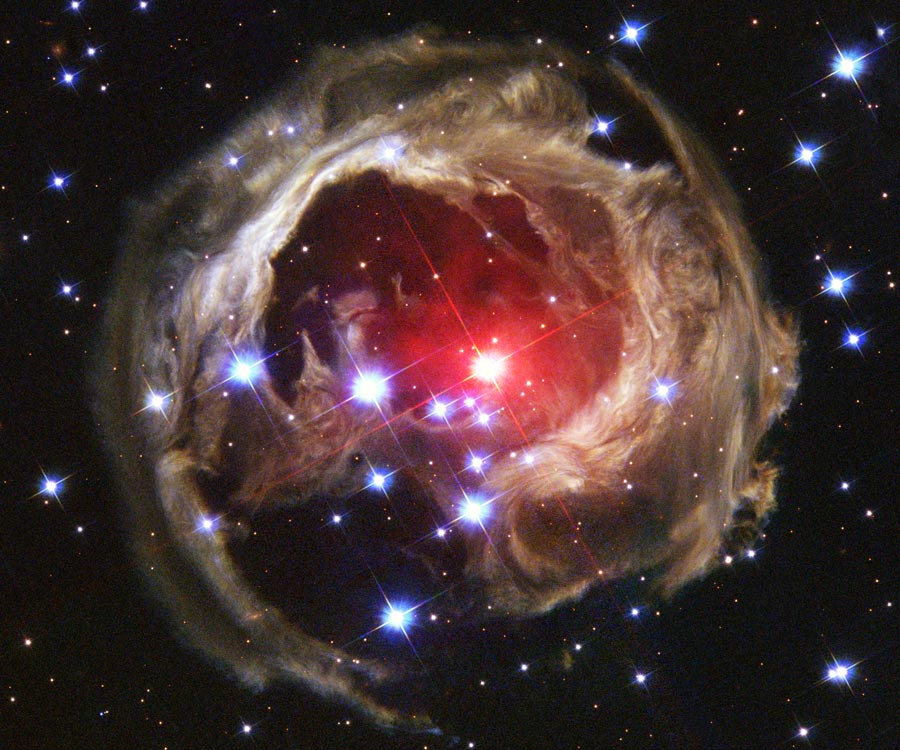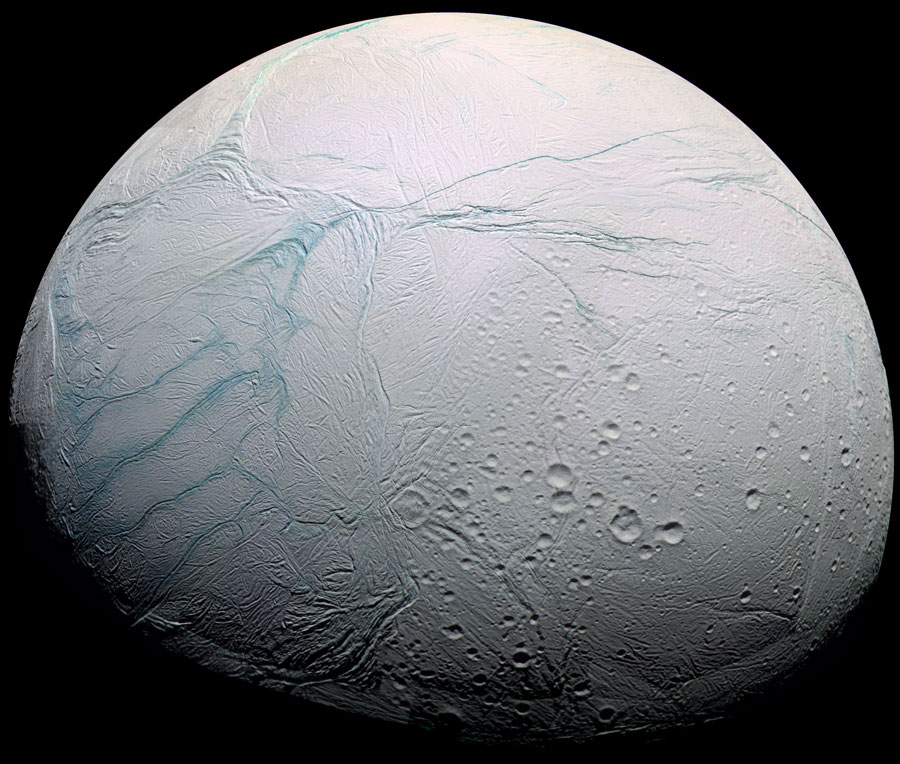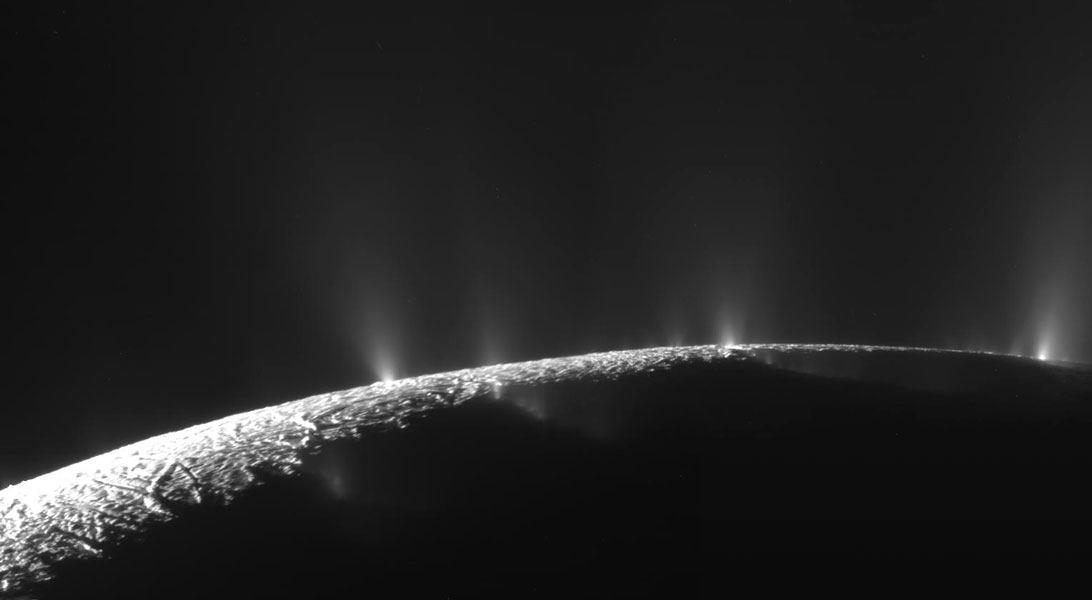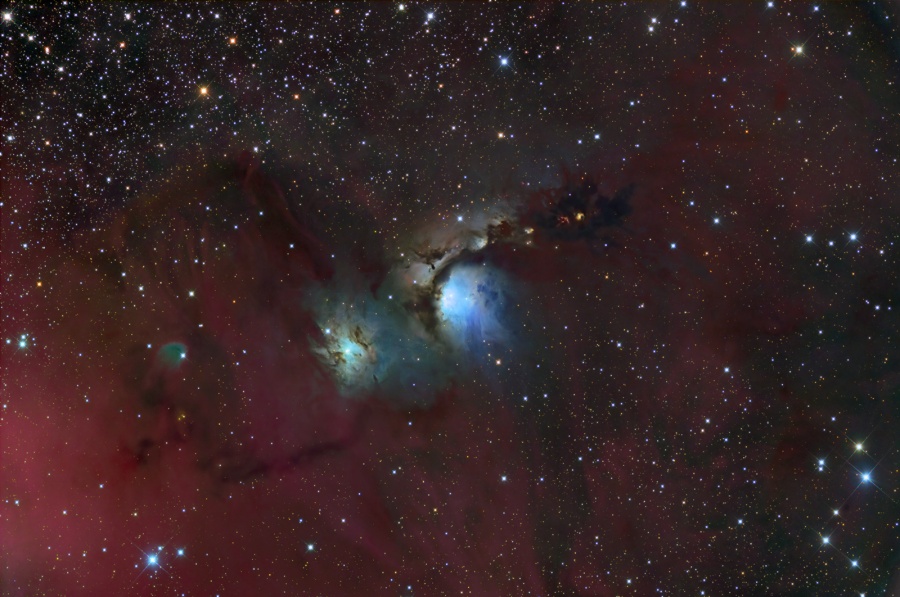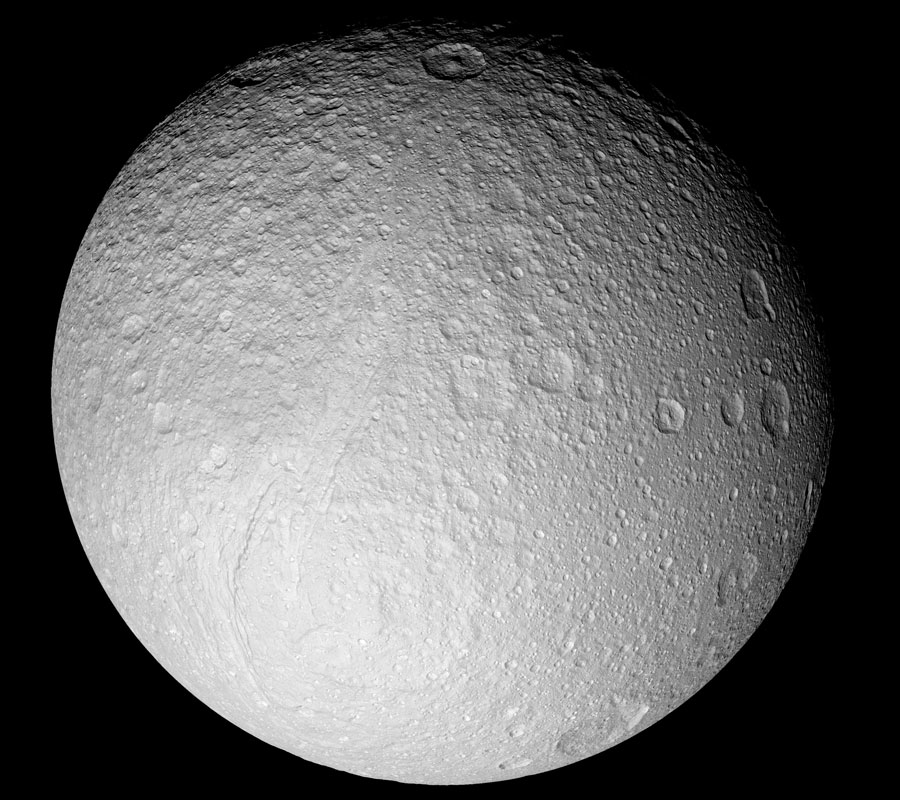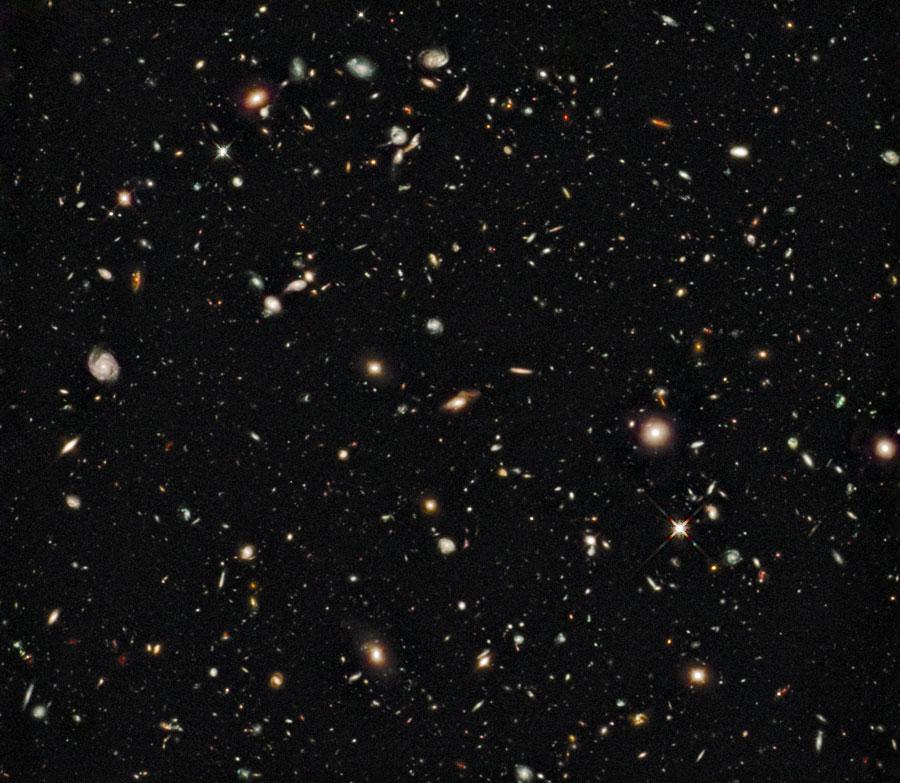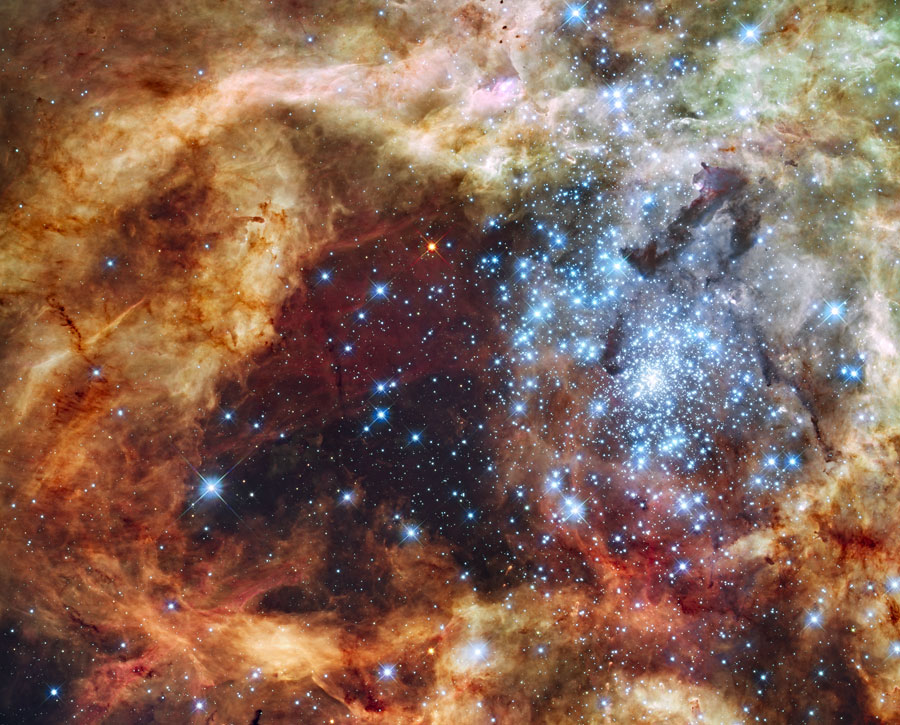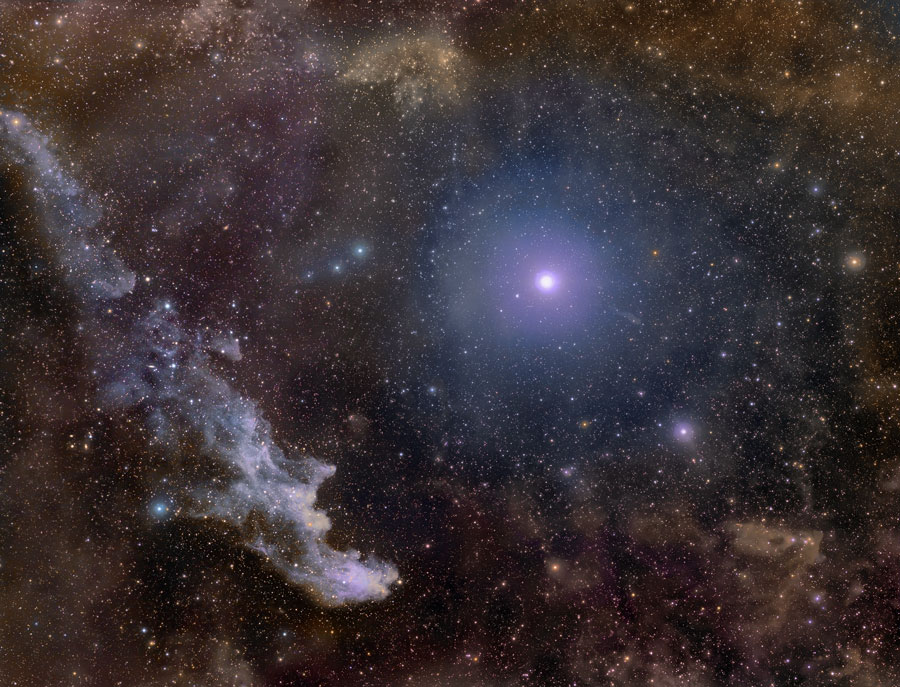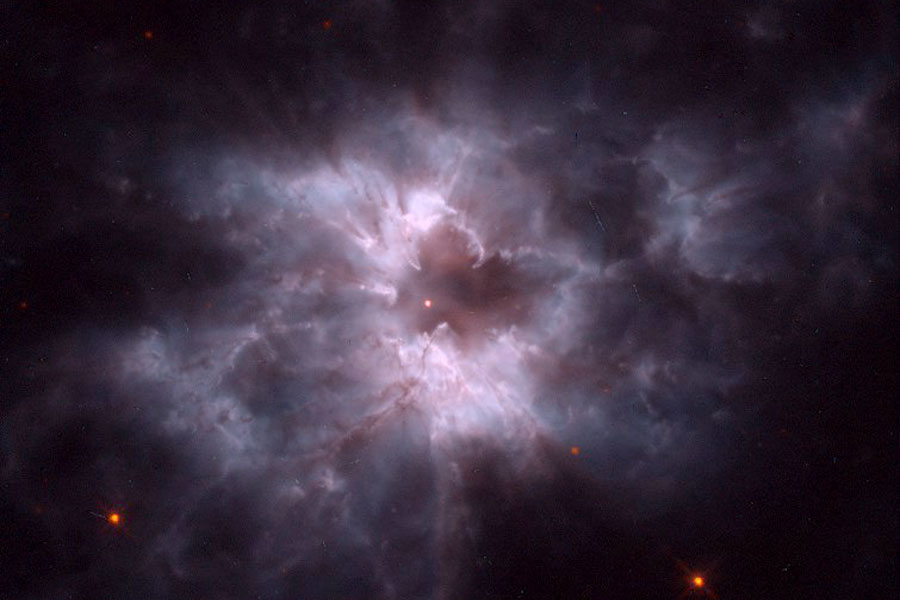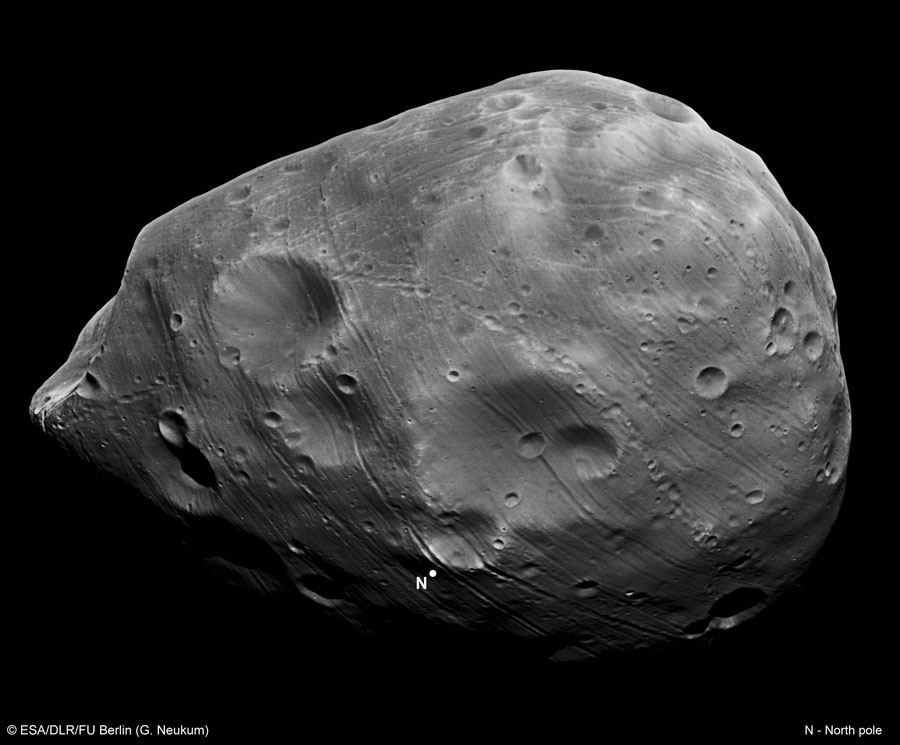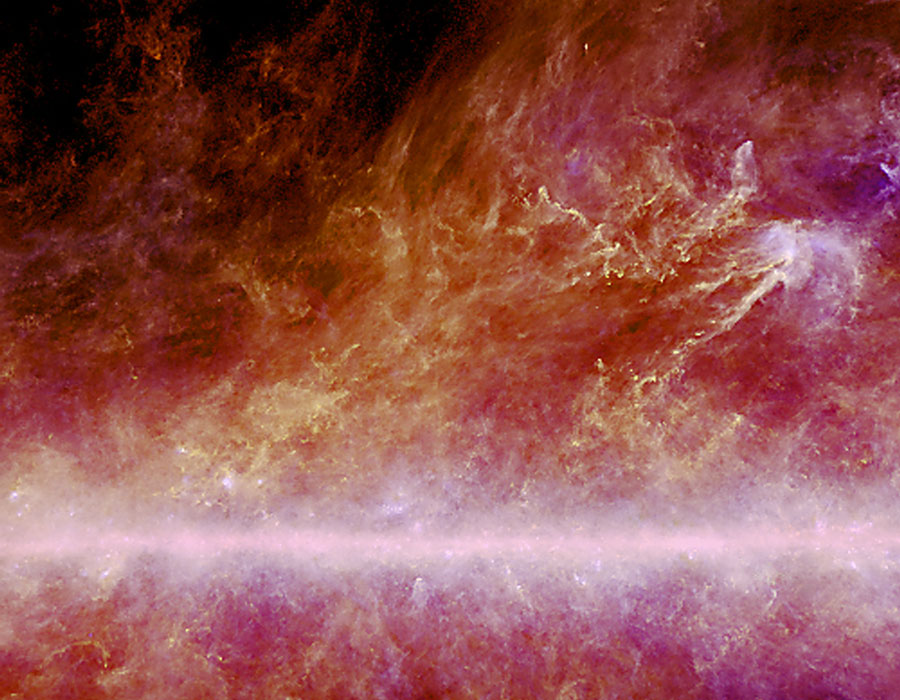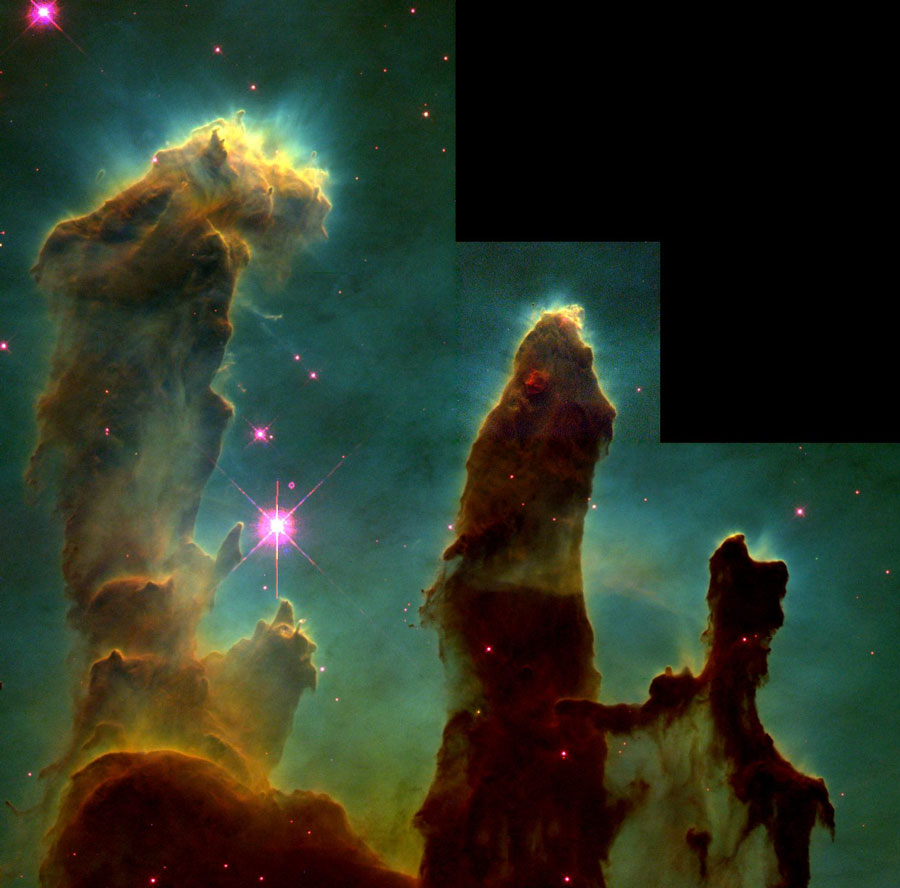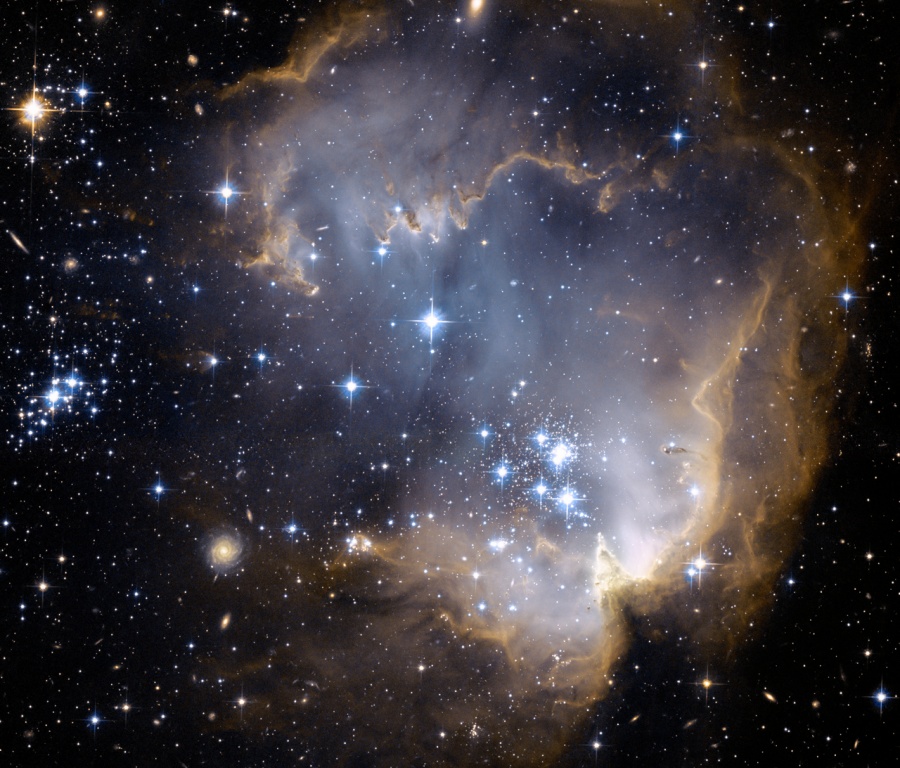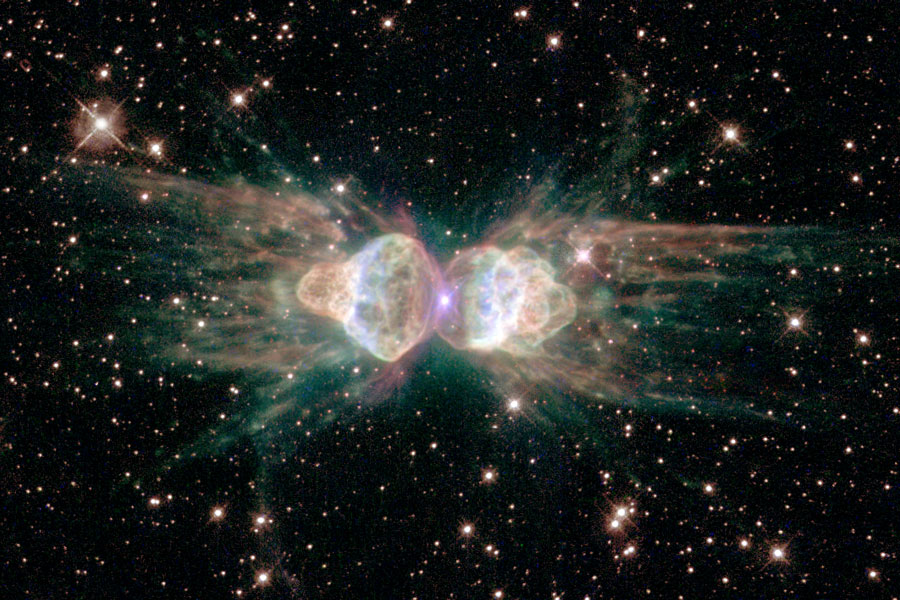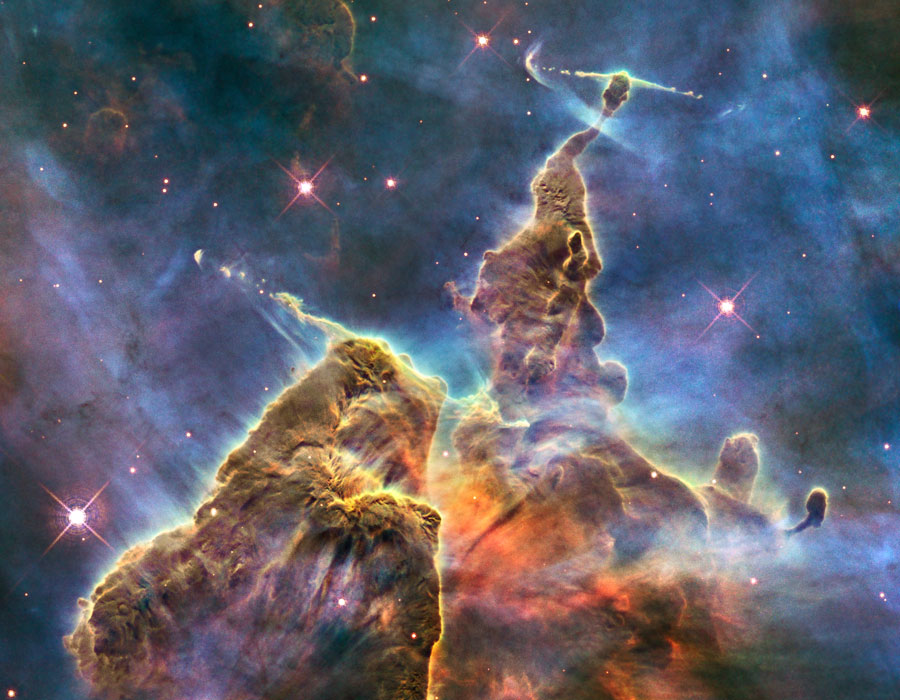I didn't read the whole book. I skipped the economics, quantum brains(not that I object to the idea; in fact, quantum entanglement in biology has been proven recently in bees and flowers; surelly, there must be some quantum entanglement going on in the nervous system and biological brains including humans), and the remaining mixing up of various religion and science. I of course prefer Jacob Bronowski's understanding of how religion relates to science; mathematical science is an abstraction; abstraction is analogy; religion is mythology; mythology is poetry; poetry is analogy - metaphor/simile. Only mathematical science is constructive; poetry is about being vague - just read the bible!
Stuart Kauffman presents some great scientific problems about entropy and the arrow of time. He also has some interesting ideas about energy in living systems; but, I'm not posting this to review those things; most of that can be found in his "At Home in the Universe."(I recommend that one!) I'm writing this to argue against some of his new philosophy of science.
I'm not objecting to his points about "mathematical science can't predict everything." I for one didn't grow up with scientists argueing that we can predict everything. The unified field theorists of the twentieth century didn't argue that was vary practical. Mathematicians knew and went through the psychology of "Godel's theorems" since 1931. He mentions the Godel's theorems but seems to bring it up as if it were new! I for one have found it striking that scientists have not considered Godel's theorems to be relevant to the real world(even though with a few generalizations, they're the theoretical basis for computers). Maybe it needs to be brought up.
Stuart wants to argue that because we can't predict everything, therefore, reinvent the sacred; combine religion with science; vagueness with constructive mathematical science. I'm argueing that we should accept our finiteness; we should accept our ignorance. People are always saying that because science didn't solve 'all' their problems overnight, therefore it's wrong and we should embrace some supernatural religion. It's a play on ignorance. As I've said, god is the algebraic X standing for 'I don't know.' God did it to everything good and bad; if bad, "God works in mysterious ways."
Stuart Kauffman further argues for emergent phenomenon; i for one have kind of argued that new mathemtical concepts are emergent(see my second article on this blog). Stuart is saying no axiomatic system can predict everything; but, is this the point of science? Does science not go out, collect data, then organise into some pattern; look at the pattern to see what it can possibly predict and then go and see if those predictions work? One can say the same thing about mathematical proof; first, you need to find a pattern, a generalization, to conjecture; then you try to fit it in the axioms(you also get to select your axioms). So, it's not so much that we just come up with theory out of thin air and then predict. I find this mistake amongst leading thinkers today like Eric Drexler who was too quick to disregard unified field theories and embrace the new info theoretic everything is bits theory of everything(this info theoretic entropy idea of gravity has recently been disproved by some neutron balancing act with gravity experiments). The point that is missed is that even if you have different theories for everything, how do they relate? This is what theorists try to do; they're trying to relate everything in the universe because the universe is one whole; they must all relate! My bringing up about the latest info-theoretic craze amongst our greatest intellectuals brings me to Stuarts other major problem with contemporary science - reductionism.
Stuart's fight against Reductionism reminds me of the Creationists fight against natural selection and Newtonian mechanics; they're centuries behind! Stuart Kauffman should see at least the biological side of my point here; he's one of the main leaders in the dynamical systems understanding of life from the nineteen hundreds! I'm talking about chaos theory, Ilya Prigogine's "Stable non-equilibrium thermodynamics", and Stuart Kauffmans' auto-catalytic sets(others ideas/words like Autopoiesis is essentially the same thing). Creationists everywhere are fighting about past concepts while the science has advanced far beyond! The same thing can be said about the anti-science groups who argue against Newtonian mechanics; science has advanced well beyond it! Quantum mechanics, Special and General Relativity, chaos theory . . . ;
There's something more to be said about the silliness of argueing about Reductionism. Stuart Kauffman makes the fight against Reductionism as if bringing down Reductionism is going to bring down mathematical science and put mathematics in its place. That's like argueing against Ptolemaic epicycles and declaring God as the concept we all need to embrace from now on. Like the way the ancient Greeks made their Earth centered cosmology(ultimately grew into Ptolemy's epicycles theory; the theory really goes back to Eudoxes who was 'saving the appearances' of Plato; the appearances is that of the planets retrograding back and forth; why do they do that and the other stars don't? Not meaning to suggest that the planets are the same as the stars) because if you take the world at face value on what your senses are telling you, you'd naturally argue that the planets and stars, and the sun go around the earth, and the Earth is this rock that just sits there. Reductionism is much like this. When Newton came up with his mechanics, he then considered the possibility that you could describe the whole universe as billiard balls. Maybe Newton went on to try to describe philosophically science as trying to picture everything as billiard balls; but, scientists soon did. This is indeed a mistake. Mathematical Science did not arise by reductionism, but by means of abstractions; unifications of similar forms; constructive ones at that. It arose from questioning assumptions like the assumption of the earth centered universe which ultimately led the Copernican solar centered solar system. Similarly, idealization helped see behind appearances of 'natural state of motion.' When Galileo(and others before him) realized friction was causing things to stop, we soon(through experiment/observation) realized that different masses fall at the same rate in a vacuum. I don't know what's more spiritual than that!
We shouldn't try to mix rational with the irrational to make a static final answer to everything; we should embrace our ignorance; we need to get used to the fact that we need to learn, constantly in order to survive.



